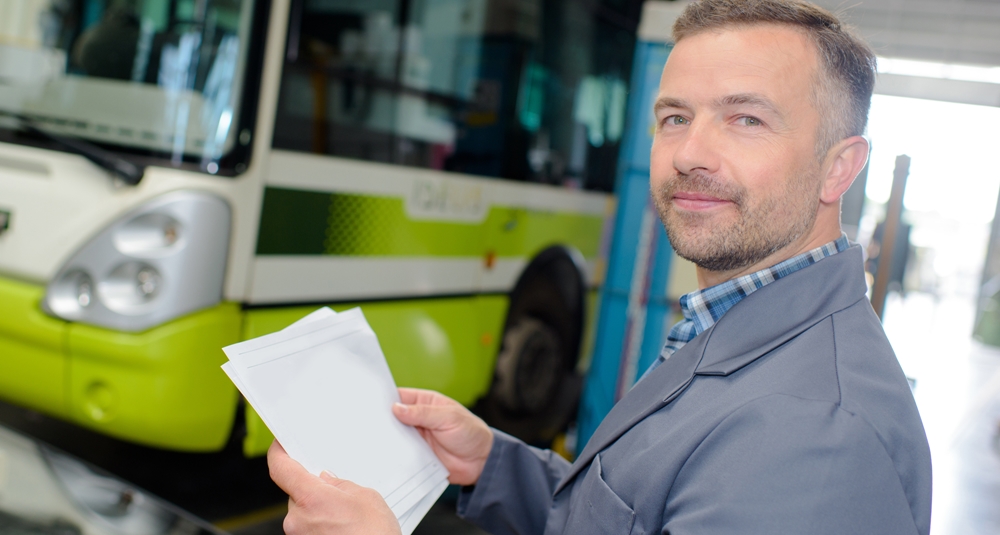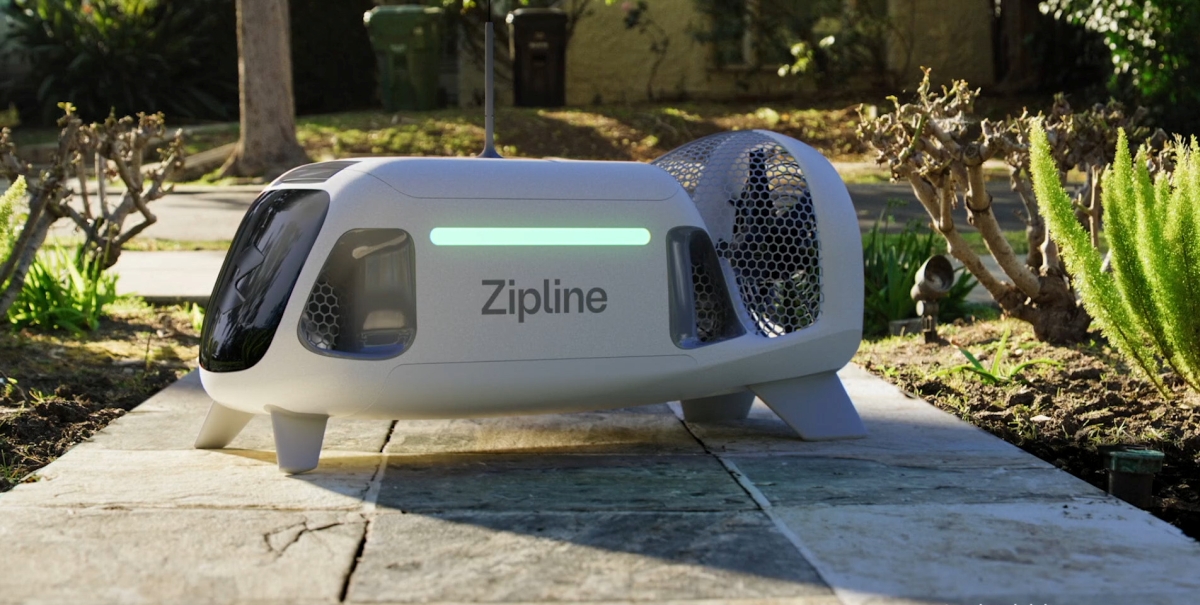
The City of Arcadia, California and Connected Signals recently announced the introduction of new “smart” signal priority systems for the city’s mass transit system. The program integrates Arcadia’s existing systems and incorporates Connected Signals’ patent pending vehicle-to-infrastructure (V2I) technology to improve mobility. The technology reduces traffic signal delays, and uses artificial intelligence to anticipate users’ arrivals at signalized intersections and then request priority, thereby providing more efficiency and a smoother transit experience.
Connected Signals is providing Arcadia with a proprietary, cloud-based solution, Transit Signal Priority (TSP). TSP works on hardware already outfitted in the buses, and it operates along the city’s fixed bus routes to reduce trip time by improving a bus’s ability to get in the “green wave,” either by extending a green light or by having a signal return to green more quickly.
Arcadia had specific parameters for the project. In order to eliminate the need for capital outlays and to minimize maintenance expenses going forward, the City preferred a software-only solution. The City also wanted to address what LA Metro calls First/Last Mile, providing and facilitating safety and experiential improvements for the first/last mile of a commuter’s journey as they approach or depart a station.
“We developed this solution by focusing on the City of Arcadia’s desire to keep initial and maintenance costs low, and to ensure that the system architecture remained easy to maintain and use,” said Matt Ginsberg, co-founder and CEO, Connected Signals. “We were able to enhance our existing V2I technology to provide secure two-way communication and coordination between Arcadia’s Traffic Management System and the TSP app.”
“Working with Connected Signals has been terrific,” said Kevin Merrill, principal civil engineer with the City of Arcadia. “It’s hard to formulate exactly how things worked with them, but there was just so much synergy at the first meeting. They just seemed to know what we wanted to do; they knew our vision – almost like they read our minds – and how to help us get there, even bringing some ideas to the table. And as we’ve worked together, we feel the fit is even better -- they are extremely responsive to our questions and requests.”
The collaboration began in June 2018 and was supported by a grant from Los Angeles Metro Net Toll Grants program.
Edited by
Ken Briodagh





